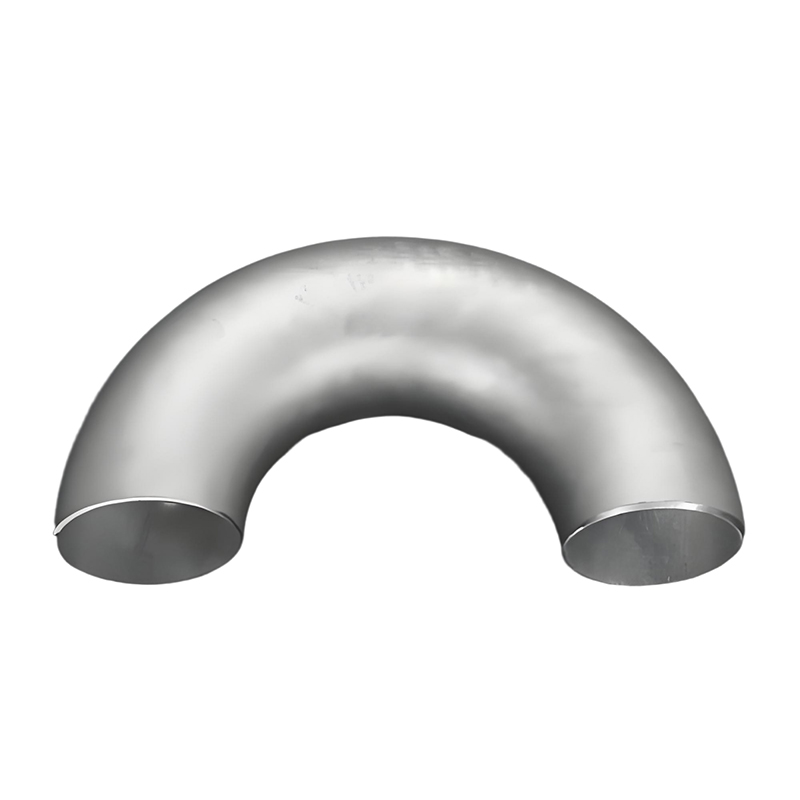Industrial Pipe Fitting: Essential Components for Piping Systems
2025-05-27
Industrial pipe fittings are critical components in various industries, enabling the secure connection, redirection, and regulation of piping systems that transport liquids, gases, or solids. Whether in oil and gas, chemical processing, water treatment, power plants, or manufacturing facilities, pipe fittings ensure that piping systems function efficiently, safely, and reliably.

What Is an Industrial Pipe Fitting?
An industrial pipe fitting is a part used to connect straight sections of pipe or tubing, adapt to different sizes or shapes, or regulate the flow of fluids. These fittings are typically made from materials like carbon steel, stainless steel, brass, copper, PVC, or alloy metals, depending on the application and environmental conditions.
Common Types of Industrial Pipe Fittings
1. Elbows
Used to change the direction of flow (commonly 45°, 90°, or 180° angles).
Available in long or short radius options.
2. Tees and Crosses
Tees: Allow for branching of pipe in a T shape.
Crosses: Allow for four-way pipe connections.
3. Reducers
Connect pipes of different diameters.
Can be concentric (aligned) or eccentric (offset) to suit the system's needs.
4. Couplings and Unions
Couplings: Connect two pipes in a straight line.
Unions: Allow easy disconnection and maintenance.
5. Adapters and Nipples
Connect pipes with different thread types or sizes.
6. Flanges
Provide a method for assembling and disassembling piping systems.
Widely used for high-pressure systems and large-diameter pipelines.
7. Caps and Plugs
Used to seal the end of a pipe.
8. Valves (integrated)
Control flow rate and direction within the pipeline.
Key Considerations When Selecting Pipe Fittings
Material Compatibility: Must match the pipe material and resist corrosion or chemical attack.
Pressure and Temperature Ratings: Should withstand the operating conditions of the system.
Connection Type: Threaded, welded, flanged, or push-fit depending on installation needs.
Standards and Certifications: Conformance to standards like ASME, ANSI, ISO, or DIN is crucial for safety and reliability.
Application Environment: Considerations include exposure to chemicals, moisture, vibration, or high pressure.
Applications in Industry
Oil & Gas: High-strength and corrosion-resistant fittings for pipelines and refineries.
Chemical Processing: Fittings that withstand aggressive chemicals and extreme temperatures.
Water Treatment: Corrosion-resistant components for clean and wastewater systems.
HVAC: Fittings in heating and cooling systems for air and fluid control.
Food & Beverage: Sanitary-grade fittings made from stainless steel.
Conclusion
Industrial pipe fittings are the backbone of efficient and reliable fluid and gas transport systems. By choosing the right type, material, and size of fitting, industries can optimize system performance, reduce maintenance, and ensure long-term durability. As industrial needs evolve, the development of advanced and specialized fittings will continue to support innovation and safety across multiple sectors.


